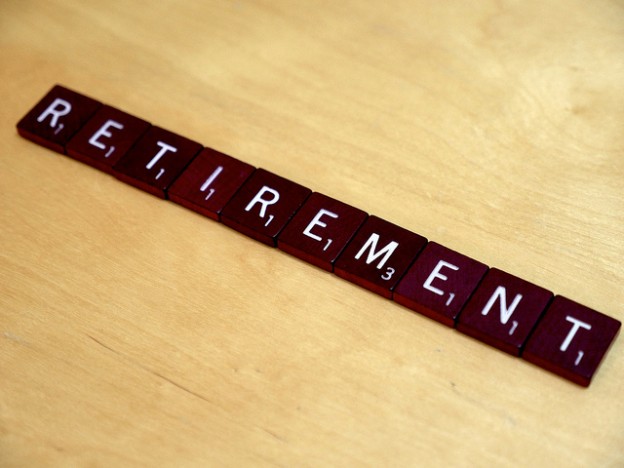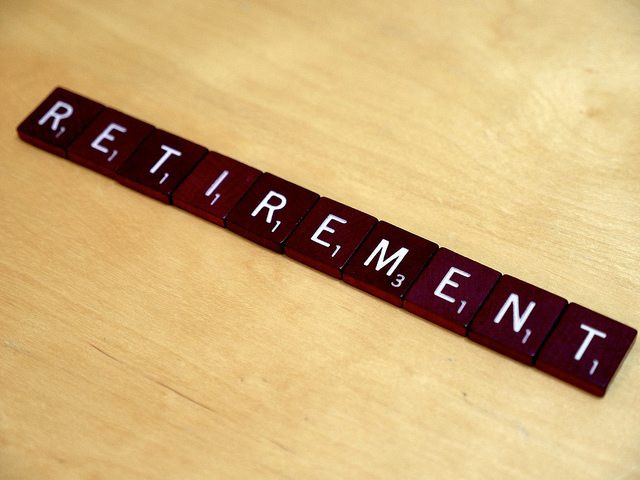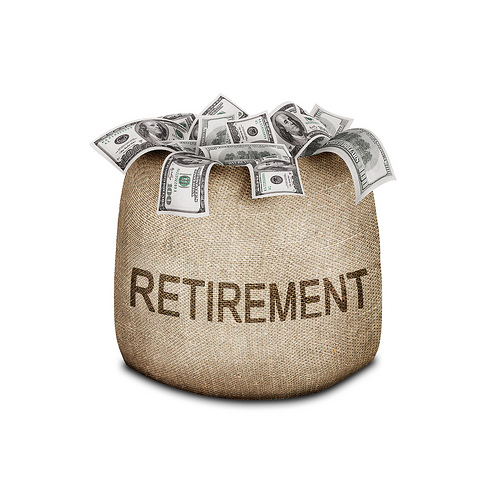The Looming Retirement Crisis

Here’s a surprising statistic that you might not know: one out of every five US citizens have zero dollars saved towards their retirement, and another fifth are putting less than 5 percent of their yearly pay towards their retirement plan. On top of that, the percentage of Americans to have 11 percent or more of their income invested towards their retirement is less than a third. That is a significant number.
According to the researched conducted by Bankrate last February, ten thousand people turn 65, the general age at which one would retire, every single day. And according to the Wall Street Journal, that is coupled with the fact that more and more people are retiring with less financial security than ever before.
With wages the highest they’ve been in 10 years, and unemployment rates at a fifty year low, and a now more stable economy, it makes one wonder why it is that people are having difficulties saving for their retirements.
Bankrate said that the most common response – 40 percent – to their survey in regards to this question is that people have too many other expenditures and saving isn’t a priority or possibility at the current moment. Sixteen percent claim not to have even considered it, while another sixteen percent say they don’t get paid enough to save.
Another study that was conducted by the National Institute on Retirement Security found that just over 50 percent of working-age citizens have a 401(k) style retirement plant offered through their employers, and of the people who have such an option available, only 40 percent opt-in.
Another shocking statistic is this: of the people surveyed by Bankrate, only 13 percent named “debt” as the main reason a to their lack of savings even though the entirety of consumer debt is at its highest point ever, over 4 trillion dollars. Debt can seriously effect when a person can retire, and correlation is pretty clear: the more you owe, the less you have yourself.
For Americans, credit card debt alone is over one trillion dollars, with people over the age of 60 accounting for a third of this, reports the Federal Reserve Bank of New York. Other things, like mortgages and student loans, account for even more of this number. 1.5 trillion dollars is the national total of student loan debt, soaring to such high numbers as the cost of tuition ever increases. Since the 1980s, tuition has risen faster than national wages by eight times the amount. The shocking part here is that, according to the CNBC, people over the age of 60 – about 2.8 million of them – still owe some form of student debt. And those numbers keep rising.
All of these things combined is part of the reason why an increasing number of people are feeling anxiety when it comes to their retirement and financial future. A poll that was put out by the CFP Board determined that lower than 25 percent of people felt “confident” about the future of the economy, and even fewer felt confident about being able to retire at the age they want to, at merely 22 percent.
But all is not lost. While many older folks nearing retirement age might feel unprepared, or not know how or where to invest in a fund or the market, there are ways of easing into it and getting yourself ready to retire. There are options.
One of the easiest ways of preparing yourself would be to invest in what is called “dollar cost averaging.” Dollar cost averaging allows investors to compile a large amount of funds to invest over a period of time, like weekly or monthly. You add a small amount to the fund incrementally, investing as you go. Not only is it a low money way to ease into investing, but it is also a way to protect yourself from market fluctuations.
To see dollar cost averaging in action, let’s say you make a 1000 dollar investment in March of 2009 in the S&P 500 Index. If you use dollar cost averaging and add a reasonable $100 to that investment each month, in ten years, you would’ve grown that initial investment by 12.96 percent and put your gross at over 26,300 dollars, and that’s a nice chunk of change and some peace of mind.






